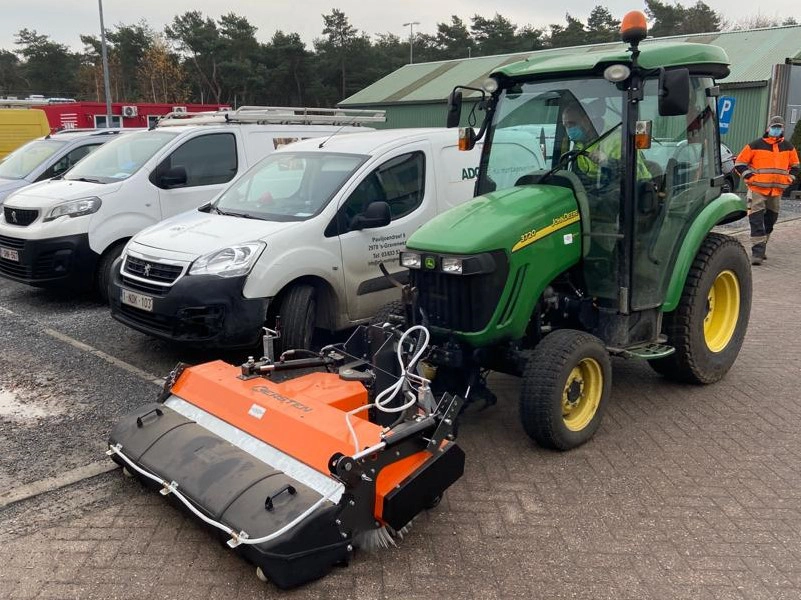Dust Management
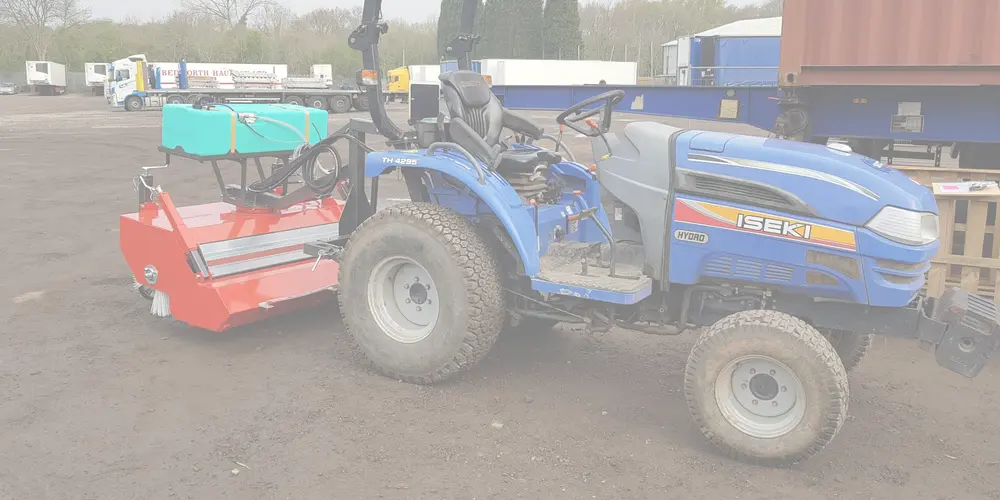
Dust Management
Maintaining clean and safe hard surfaces
Dust management is essential for maintaining clean and safe hard surfaces, particularly during dry and windy conditions. Dust can accumulate on surfaces such as asphalt, tarmac, and block paving, leading to hazards and impacting air quality. Effective dust control involves using dust suppression techniques, deploying debris guards, and applying water to reduce dust. Proper dust management helps ensure surfaces remain clean and reduces the risk of health issues related to dust inhalation.
Effectively Managing Dust on Hard Surfaces
To manage dust effectively, several techniques are recommended.
First, adjust the brush speed to a slower setting to minimize dust dispersal.
Adding water is also crucial—spray the ground or directly onto the brush to bind the dust, making it heavier and easier to collect. Many modern sweepers are applicable with dust suppression kits that spray water directly onto the brush, reducing dust spread and mess.
Using a debris guard helps contain dust and light debris, preventing it from dispersing. By combining these methods, including water application and dust suppression features, you can significantly reduce dust accumulation and maintain cleaner surfaces.
Useful Links for Dust Management:
Articles about Dust Management
To control dust on asphalt surfaces, adjust your sweeper's brush speed to a slower setting to minimize dust dispersal. Spraying water directly onto the brush or the surface helps bind the dust, making it heavier and easier to collect. Kersten sweepers are available with dust suppression kits can efficiently handle dust without spreading it around.
A dust suppression kit sprays water directly onto the brush of a sweeper and surface. This technique helps bind dust particles, making them heavier and easier to collect. By reducing the amount of dust that becomes airborne, these kits help maintain cleaner surfaces and improve air quality.
For hard-to-reach areas, use a pedestrian two wheel tractor such as K-series or UBS-series with dust suppression kit. Adjust the brush speed to a slower setting and apply water to the brush to control dust effectively. A debris guard can also help manage dust in confined spaces.
The Gully Brush is a specialized attachment for sweepers, expertly designed to manage debris in challenging areas such as edges, gullies, and kerbsides. It efficiently pulls dirt, leaves, and other debris from these hard-to-reach spots into the path of the main sweeper brush. Once in the sweeper brush’s path, the debris is collected by the sweeper and deposited into the collector box, ensuring a comprehensive clean and a polished finish.
The frequency of replacement depends on the amount of usage and the type of debris you're dealing with. Regular inspection is recommended, and brushes should be replaced as soon as you notice signs of wear, such as reduced cleaning performance or uneven bristle wear.
Road sweeping in the UK is governed primarily by the Environmental Protection Act 1990 (EPA 1990) and the Highways Act 1980, which place a statutory duty on local authorities and the Secretary of State (via National Highways) to keep public areas and highways clean.
Key Legislation and Responsibilities
Environmental Protection Act 1990: Section 89(1) and (2) of this Act places a duty on 'duty bodies' (primarily local authorities) to ensure public spaces and highways are, as far as practicable, kept clear of litter and refuse.
Highways Act 1980: This Act includes provisions that make it an offence to deposit anything on a highway that might obstruct its use, create a danger, or cause injury.
Code of Practice on Litter and Refuse: This document, issued under the EPA 1990, provides practical guidance and sets standards for cleanliness (Grades A-D) and expected response times for cleaning different areas.
Clean Neighbourhoods and Environment Act 2005: This Act strengthened existing legislation related to street cleaning and environmental quality.
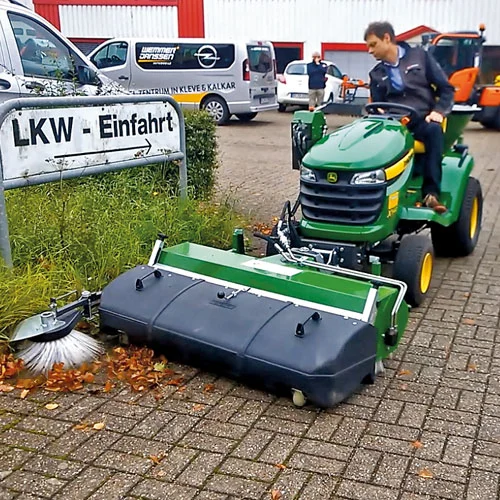
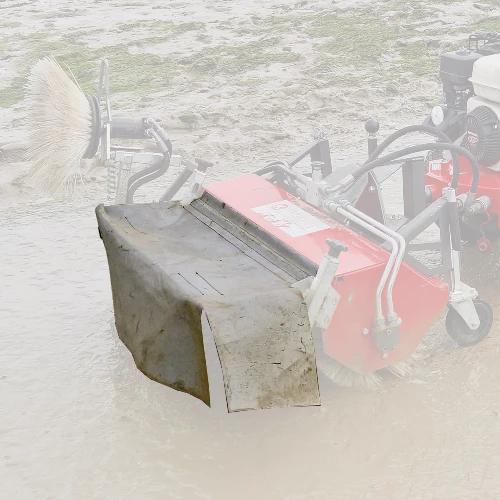
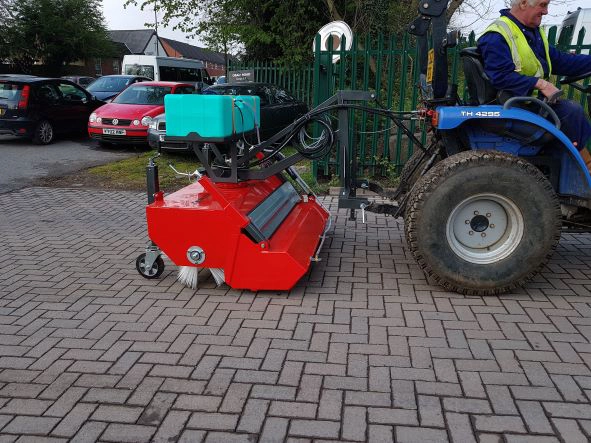

.jpg)
